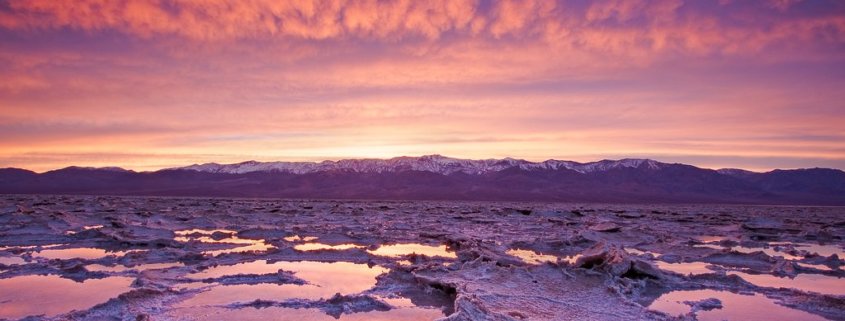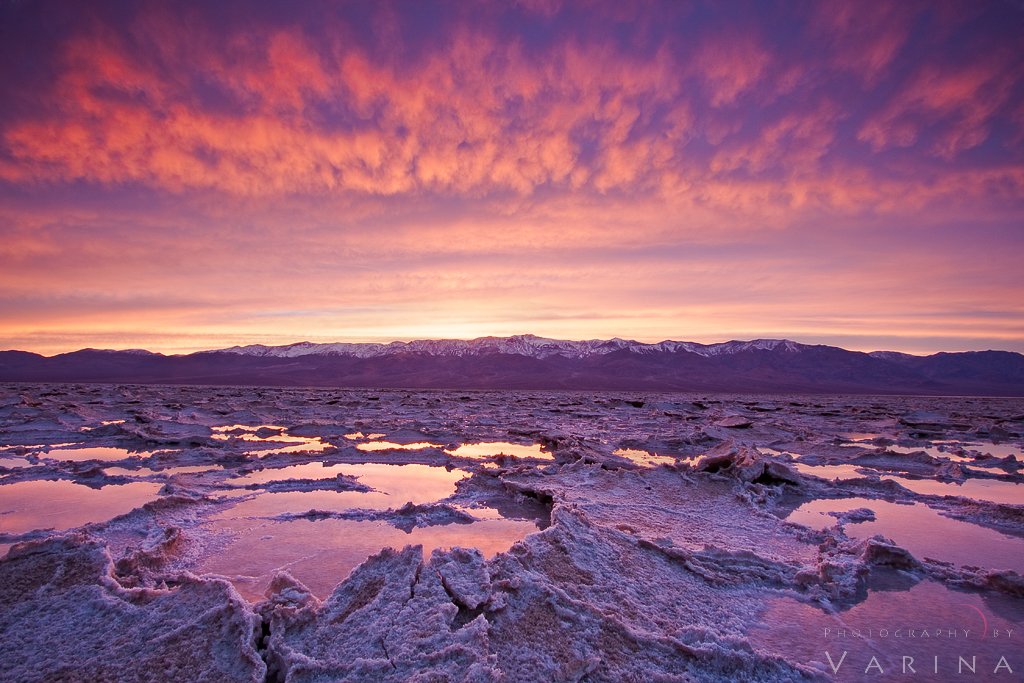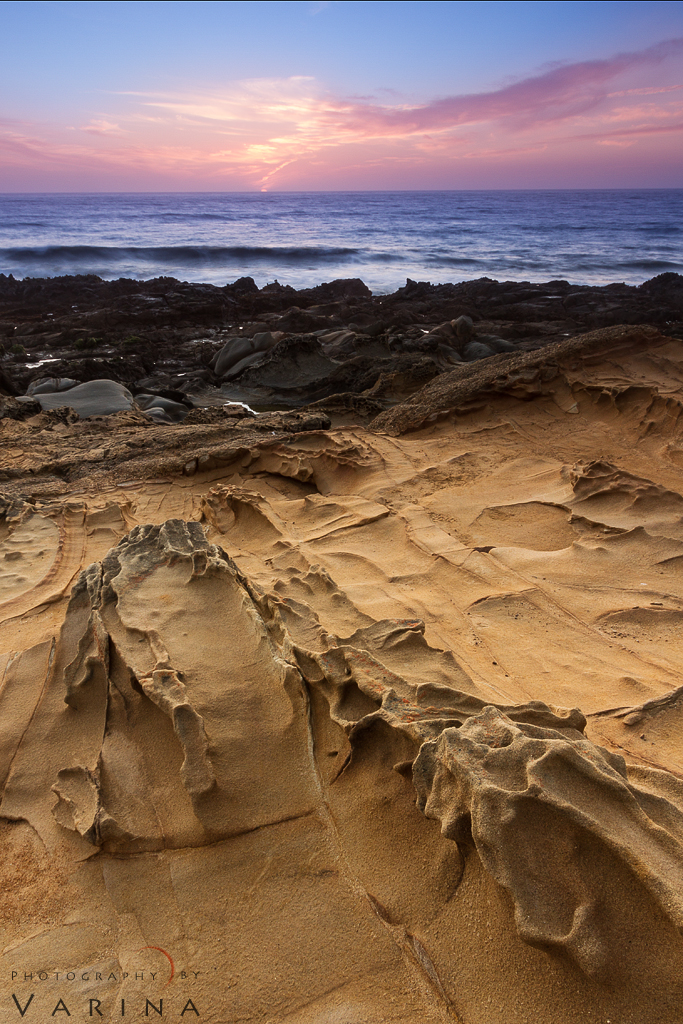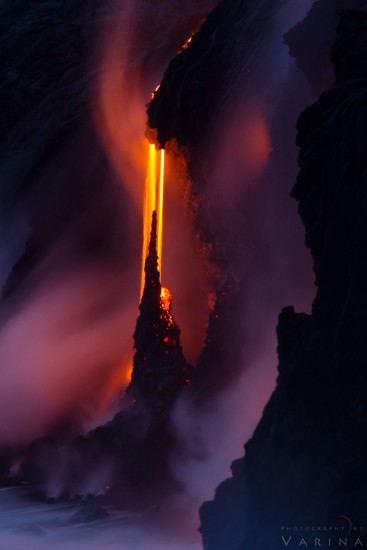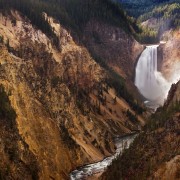A simple Framework to Critique Photos like a Pro
Learning to critique photos effectively is critically important to becoming a better nature photographer. It might not be so easy to critique your own nature photography… but it’s a valuable skill. I am my own worst critic. I’ve learned to look objectively at my own photographs and think about how I could make it better. But it goes way beyond that!
Here is my take on why learning to critique is a valuable skills for nature photographers:
Nature Photography Critique is a Two Way Street
I think critique in photography is hugely misunderstood. Most people think of critique as a one way street. “You tell me what you think about my photo and I learn something.” The knowledge flows from the nature photographer giving the critique to the person getting it. Right? It sure does. But there’s so much more going on.
I know from my own personal experience that giving critiques is just as valuable than getting them. Critiquing a photo is difficult – but doing so forces you to look at a photo and try to understand what makes it work (or fail.) As you practice critiquing other photographers’ nature photos, you start to see beyond the face of the photograph.
For example, rather than thinking – “That’s a stunning nature photo”, you begin to break it apart. “Why is this photo appealing to me? (or unappealing) Are there any distracting elements in this photographic composition? Is the subject well defined? Could the landscape photographer make better use of natural light? What could the artist have done differently?” And so on. When you get into the habit of asking those questions of other photographers’ photos, you’ll soon find that you ask those questions of your own photos as well. And before long, you’ll find that you are asking those questions before you click the shutter. Making small improvements to photography composition, angle, camera exposure… and so on. You aren’t waiting until post processing to create a better photo. You’re doing it right there in the field.
Critique in nature photography is a two-way street. The nature photographer giving the critique is learning too. They are learning to break a nature photo down, see the individual elements, and understand how each element contributes to the overall work of art. These are invaluable skills for a nature photographer at any level.
Photography Critique Guidelines
When you are asked to critique someone else’s work, keep a few basic guidelines in mind. First, don’t offer a critique unless the nature photographer asks for it. It’s not usually appropriate to offer unsolicited advice to another artist. Second, make sure you keep your nature photography critique constructive. Telling someone you don’t like their photo is not very helpful at all. Instead, be specific about the flaws you see and what they might be able to do to make the photo better. And finally, it really helps to include some positive comments along with your suggestions for improvement. A simple rule of thumb: Start and finish positive… and include constructive suggestions for improvement in the middle.
Here’s are a couple of examples of critiques for an imaginary nature photo:
Bad Critique: “This is a really ugly photo. I’ve been there – and your photo doesn’t do the location justice at all.”
Good Critique: “The details in this shot are really sharp. I’d consider straightening the horizon, since the photo is tilted a little bit. I also find the rock on the right a little distracting. Cropping it out would make for a simpler composition. Nice job with camera exposure and post processing! Your colors in this nature photo look very natural!”
If you are struggling with what to say, do what I do when I judge images for nature photography competitions. I try to comment on these three things: Technical Merit, Creativity, and Impact. This simple approach also provides a good framework to evaluate your own nature photos. Here is an example of how I critique my own photos:
How to critique photos
This is a shot from Bean Hollow State Park in California. It’s not one of my favorite shots – and it won’t make it to my portfolio or my website. So why am I posting it here? Well – I believe that we can learn as much from images that don’t appeal to us as we can from those that do.
Technical Merit
Let’s start with a few things that work… the image is properly exposed, and there is detail in both the highlights and the shadows. The colors are clean and they feel natural. I like the choice of shutter speed, which gives the waves a slight softness in the distance, without blurring them out entirely.
Creativity
Despite these positive aspects, there are a few things that make this photo unappealing to me. The first is that there is no clear point of interest in my photography composition. Where do I want your eye to go? Which element is the most important? Is it the sky? The foreground? Who knows!
The image also feels cluttered. There’s a lot going on here. A variety of colors, tons of textures and details… the composition feels more like snapshot than a creative work of art.
Impact
And finally, do you see the leading line in my composition? The ridges in the rock seem to form a line that leads into the middle distance – but where does it take you? It certainly doesn’t draw your eye toward any particularly interesting element. Nope. It points you directly to a rather nondescript, smooth stone in the mid-ground. Overall, in my opinion, this nature photography composition lacks impact.
How to improve this photo
The next step is to think about what you might have done differently – and to compare the images you don’t like from a location to the ones that really appeal to you. In this case, I could have gotten down nice and low with my tripod. A lower perspective provides a “foreshortening” effect, which would help eliminate some of the uninteresting mid-ground. It would also help to hide that pointless leading line. And finally, getting down low would bring my lens closer to the details in the foreground. They would appear larger in the frame, and that would help them stand out as a point of interest.
I believe that critiquing images you don’t like can have enormous benefits. Understanding what you don’t like can help you avoid it in the future, and thinking about how you could improve your own work is a great way to grow as a nature photographer.
How to Receive Critiques in Photography
Finally it is a good idea to learn how to receive negative critique. Especially if you participate in nature photography competitions at a local camera club or post your photos on social media.
Have you ever wondered if the person critiquing your work on social media is qualified to give advice? I spent years posting my nature photography for critique, and I learned a very important lesson – Listen to critique – no matter who is giving it. It gives you a valuable window into other people’s minds. If you can begin to understand how others see your work, you have a huge advantage over those who only see through their own eyes. So does it matter if someone is “qualified”? I don’t believe it is. Critique in nature photography isn’t about telling you what to do. It’s about helping you see your own photos through someone else’s eyes.
Of course, hearing someone else say something negative about your work can be painful… but if you can look past that and really consider what others have to say, you can learn so much! If someone says they don’t like your work, ask them if they can identify the flaws they see. Push yourself to learn as much as you can about how that person sees you work and how they feel about it. When nature photographers offers advice, you don’t have to follow it… but make sure you are listening. There might be some value in what they say. The trick is in knowing when to toss the advice, and when to take it.
Once you are good at giving and receiving critiques, you’ll find yourself critiquing your own photos before you even release the shutter! When I’m out in the field with my mirrorless camera, I look through my viewfinder and critique my work right there! I’m always looking for ways to make my nature photography better.

